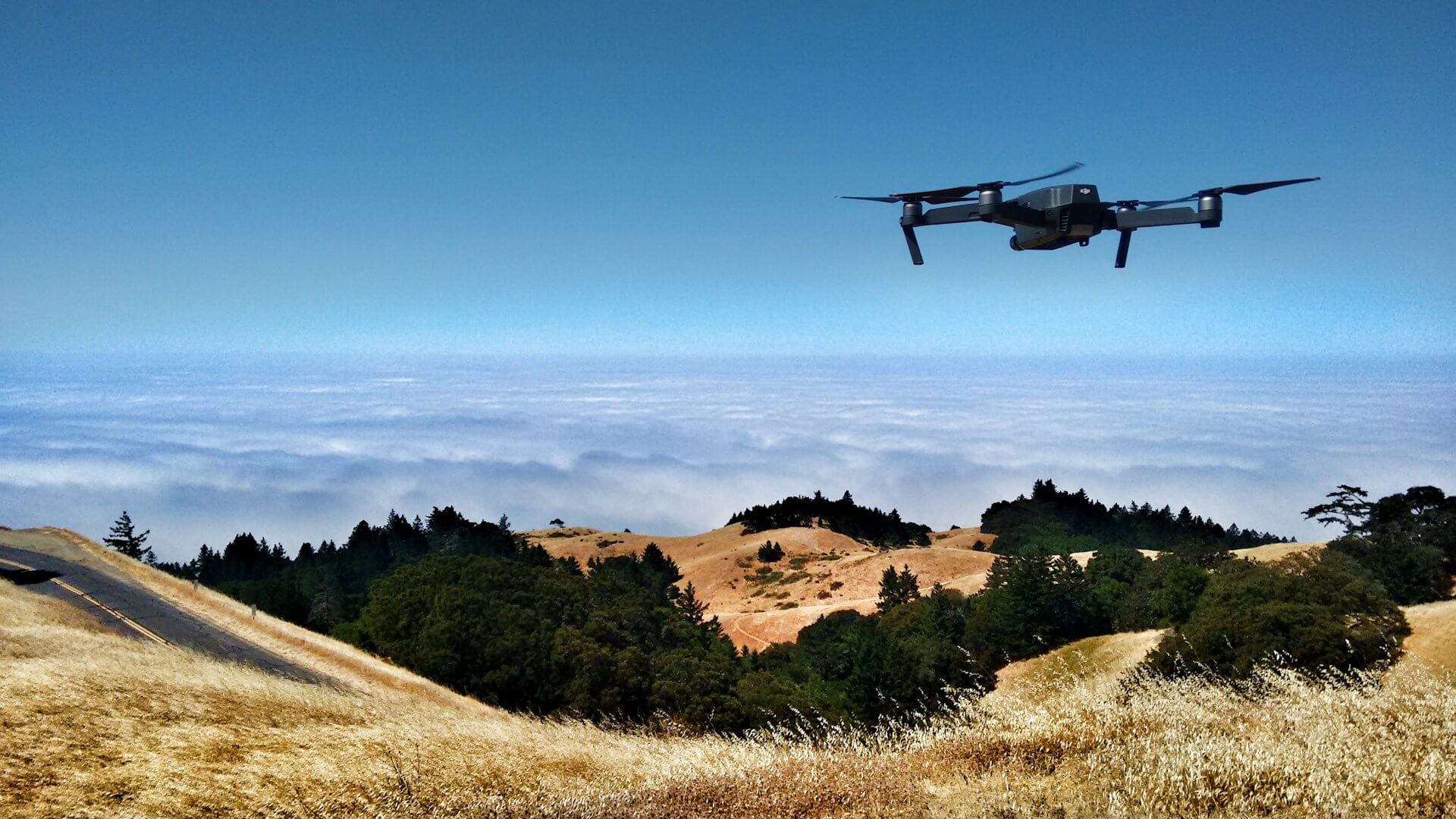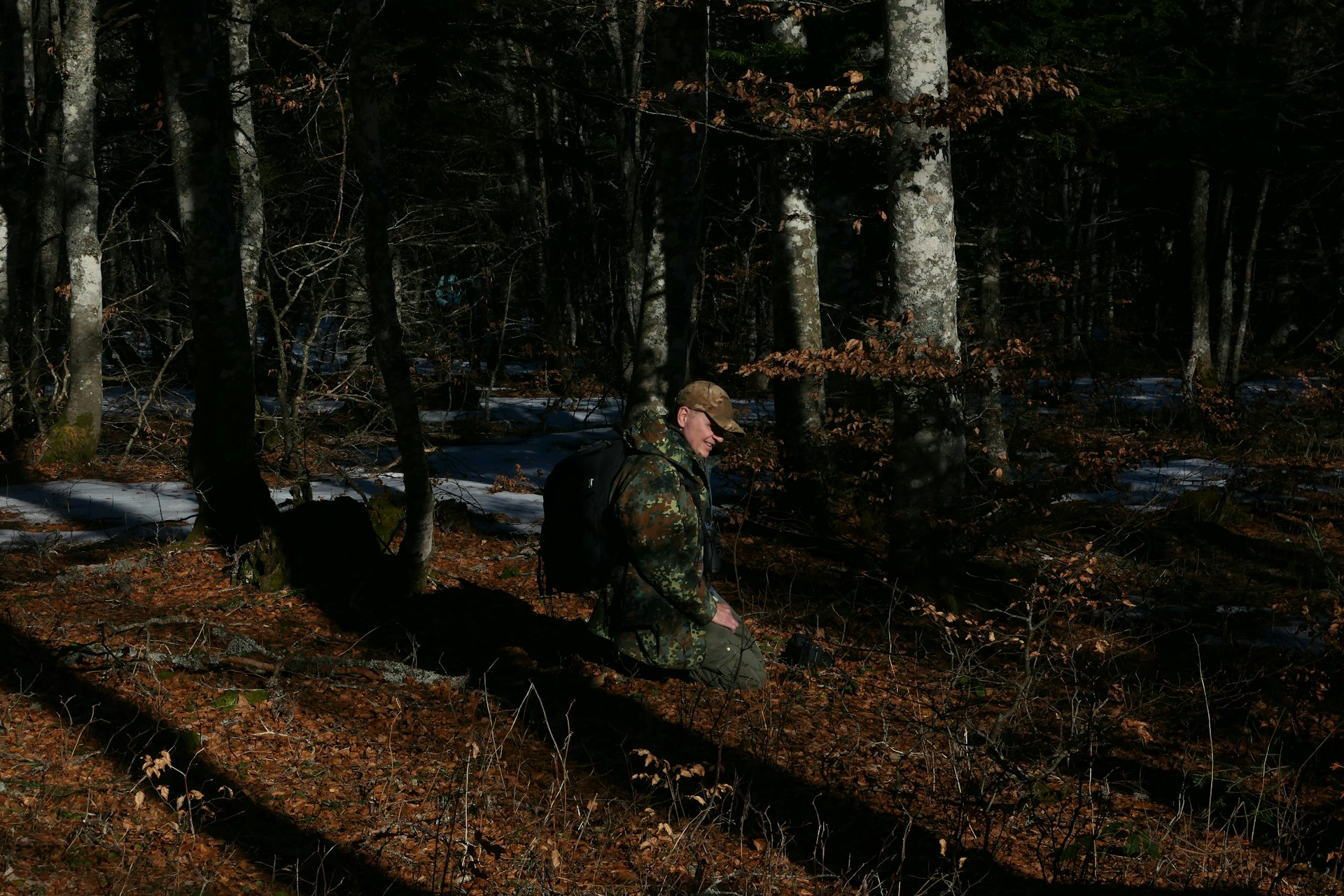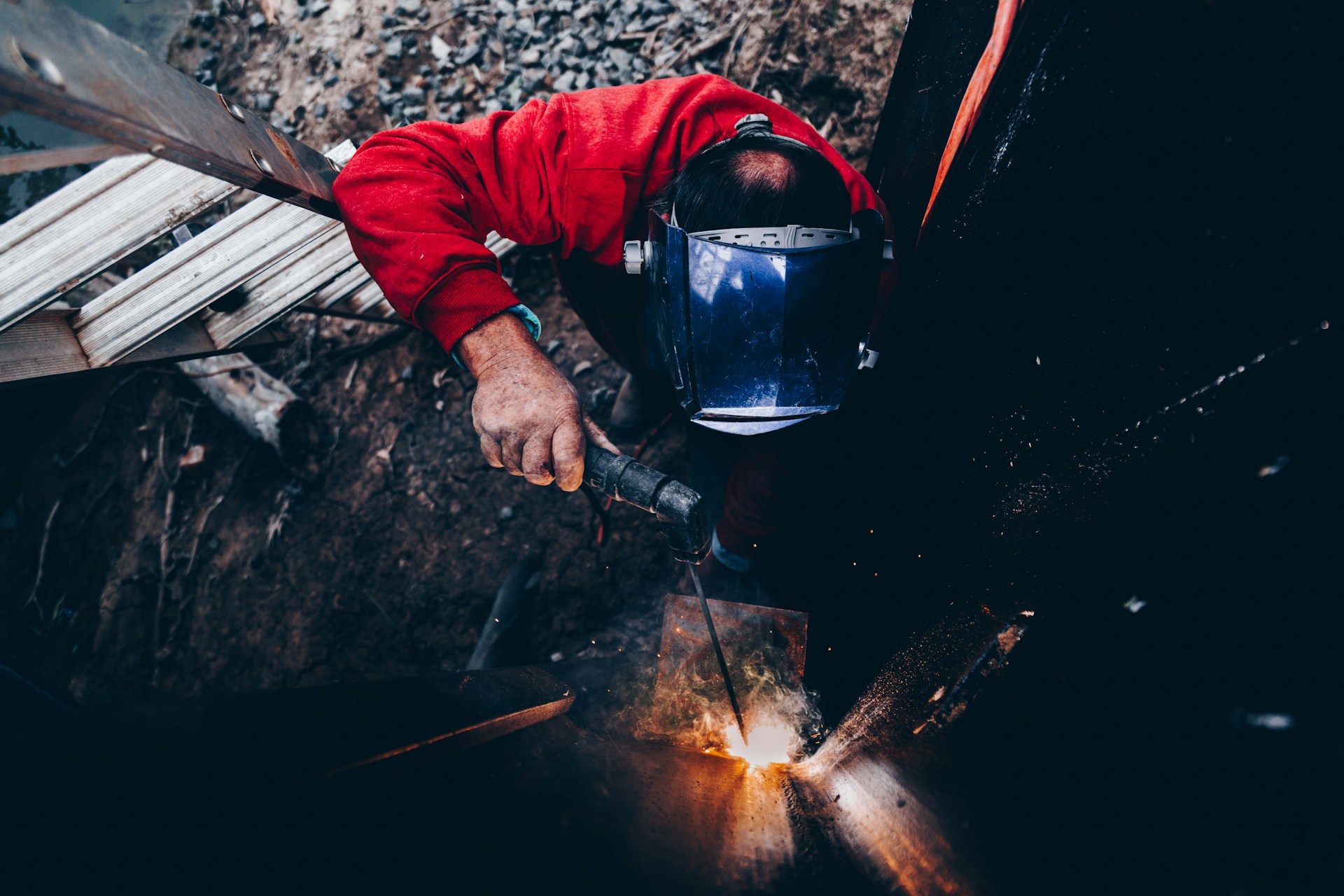
Mastering the Skyline: A Blueprint for Building a Rewarding Career in Drone Videography
- Herminia Baker
- April 22, 2024
- Entertainment, technology
- 0 Comments
Step into the world of videography and take your career to new heights with the latest trend in aerial filming: drone videography. Thanks to the exponential rise in demand for stunning footage from above, the drone industry has taken off and opportunities are soaring.
From real estate to infrastructure planning, drone videography is being used across various industries. This exciting career lets you explore and capture breathtaking perspectives that were once out of reach.
In this comprehensive guide, we’ll unfurl the path to becoming a skilled drone videographer, equipping you with the knowledge from the very basics to advanced strategies, and all the stops in-between that are crucial for a successful career in this thrilling field.
Whether you’re a seasoned photographer or a complete novice, this post is tailored to serve as your launchpad into the mesmerizing world of drone videography.
Understanding the Rules of the Sky
Among the most important is the regulatory framework that governs drone usage. The Federal Aviation Administration (FAA) and its international counterparts have established rules to ensure safety and good practices in the sky.
Whether you’re a seasoned pro or just getting started, knowledge of the regulatory framework is crucial to safe and successful drone flight.
Beginner’s Checklist:
- Registration and Certification: Pilots must register their drones with the FAA and obtain a Remote Pilot Certificate.
- Flight Conditions: Familiarize yourself with the airspace class your operation falls under and the corresponding regulations you must adhere to.
- No-Fly Zones: Be aware of and respect restricted areas, such as airports, military installations, and national parks.
By staying within the framework of the law, you not only protect yourself from penalties but also contribute to the image of drone videography as a safe and respectful craft.
Essential Equipment and Technology
we understand that choosing the proper equipment can make or break the quality of your footage. It all starts with selecting the right drone for your needs, whether that be one with a better camera or longer battery life. But it doesn’t stop there.
Supporting technology, such as a gimbal or extra memory cards, is equally important to ensure smooth and uninterrupted filming. With the proper tools in your toolbox, you’ll be able to produce breathtaking aerial footage that truly stands out.
Selecting the Perfect Drone:
- Consider Your Niche: Different drones are optimal for different purposes. Cinematographers might need a drone that can handle heavy winds, while real estate photographers might prefer a quieter, less conspicuous model.
- Camera Quality: Look for drones with high-quality integrated cameras. A drone with a good camera can significantly reduce the cost of videography equipment.
- Flight Time and Battery Life: Longer flight times and higher battery life spell more opportunities to capture stunning footage without the frustration of planning many landings.
Handy Accessories:
- Battery Charging Hub: This can cut down the time it takes to recharge multiple batteries.
- Neutral Density Filters: Essential for controlling the amount of light entering the camera, especially on bright days.
- High-Quality Memory Cards: You don’t want to lose high-definition footage because of a data-writing error.
Sharpen Your Skills and Creativity
Flying a drone is more than just steering; it’s an art form. Your proficiency with the controls and your vision as a videographer is what will set you apart.
Technical Proficiency:
- Practice, Practice, Practice: Make the most of simulators and real-flight experiences to get comfortable with the controls and gain a sense of aerial photography dynamics.
- Understand Your Gear: Learn the capabilities and limitations of your drone and camera to maximize the quality of your footage.
- Master the Basics of Videography: Familiarize yourself with concepts such as framerate, resolution, and composition. They still apply, just from a different vantage point.
Unleash Your Creativity:
- Capture Unique Perspectives: The greatest advantage of drones is their ability to provide unusual or inaccessible viewpoints. Use that to your advantage by framing your shots in ways that traditional videography can’t.
- Storytelling Through Flight: Think of your drone as a character in your film. The sequences it flies, the angles, and the speed it takes, all contribute to the story you’re telling.
- Editing for Impact: Learning to edit your footage is as important as capturing it. Use post-production tools to polish your scenes, stabilize shaky footage, and craft a narrative that resonates.
Safety and Ethical Considerations
As drones become more prevalent in our everyday lives, so too does the need for responsible and ethical drone use. This is especially true for those looking to build a career in the field of drone operation and videography.
Whether it’s respecting privacy laws or maintaining safe flying practices, a successful career in drone operation depends on a deep understanding of the ethical considerations involved.
As the field continues to grow, it’s up to us to ensure that drones are used in a way that benefits society as a whole, rather than causing harm or invading privacy.
Mediating Public Perception:
- Be Mindful of Privacy: Secure permissions and be aware of what is and isn’t appropriate to capture. Often, the scrutiny of your drone footage will be as much about the ‘how’ as the ‘what’.
- Fly Smart: Safety must always come first. Have a pre-flight checklist that includes checking weather conditions and ensuring every piece of equipment is in top working order.
- Cultural Sensitivity: Understand the social and cultural implications of flying drones in various landscapes or around people. You are an ambassador for your craft.
Networking and Marketing Your Services
No aerial venture is flown alone. Here’s how to position yourself and your services in the burgeoning market of drone videography.
Building Your Portfolio:
- Start Locally: Offer your services to local businesses, events, and filmmakers. This not only gets you off the ground but also builds a portfolio of diverse work.
- Create a Digital Showcase: Websites, social media, and industry-specific platforms are necessary to exhibit your work and make it accessible to potential clients.
Making the Right Connections:
- Join Professional Organizations: Networks like the Association for Unmanned Vehicle Systems International (AUVSI) offer resources and connections to other professionals in the field.
- Attend Workshops and Events: Immersion in the industry’s community is key to staying updated with technology, techniques, and market trends.
Marketing Your Unique Selling Proposition:
- Highlight Your Specialization: Whether it’s in a certain industry or a unique style, emphasize the value you bring to clients.
- Offer a Range of Services: From drone rental to the provision of editing software, the more you can offer, the broader your market appeal.
- Client Testimonials: The proof is in the viewing. Encourage satisfied clients to share positive experiences, which can be a valuable marketing tool.
Long-Term Success: Continuous Learning and Adaptation
In an industry as fast-paced and innovative as drone videography, the only thing that remains constant is change. With technological advancements and shifting trends, it’s crucial to stay ahead of the curve to succeed.
Our team is dedicated to keeping up with the latest developments in the industry, including new software and hardware advancements, creative techniques, and emerging trends.
By staying nimble, we can offer our clients the best possible service and create stunning, cutting-edge videos that stand out from the crowd.
Staying Informed and Adapting to Change:
- Follow Industry News: Subscribe to industry publications and channels to stay ahead of regulatory changes and technological advancements.
- Invest in Continued Training: Regular courses and workshops can keep your skills sharp and introduce you to new techniques.
- Foster Innovation: Don’t be afraid to experiment with new technologies and integrate them into your practice.
Diversifying Your Skill Set:
- Learn Other Forms of Videography: Ground videography, time-lapse, or even photography could complement your aerial work and make you a more versatile professional.
- Explore New Industries: The application of drone footage is endless. From inspections to advertising, learning about new sectors can open up fresh opportunities.
Closing Thoughts
Looking to take your videography to new heights? Look no further than drone videography, a field that can offer limitless views and limitless opportunities.
With the help of resources like iskyfilms.com, you can master the technical skills required to soar into a new profession and carve out a unique niche in this exhilarating industry.
From understanding the regulatory environment to maintaining an ethical and safety-conscious approach, the keys to success are within reach. With the skies opening up to new possibilities, now is the time to spread your wings and take flight into a bright future of endless creativity and untapped potential.



